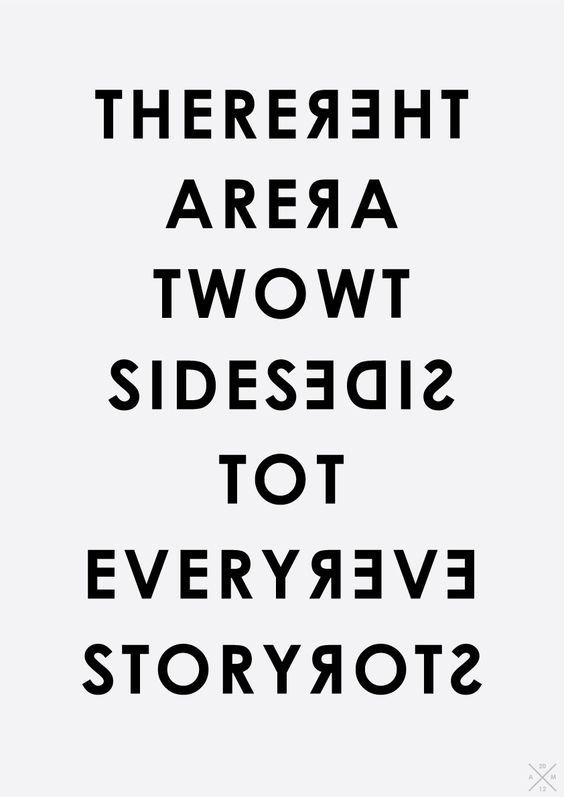Two Sides – One Truth
We’ve all heard it: “There are two sides to every story.” It’s the go-to phrase when things get messy. A neutral shield people hide behind to avoid taking a stance. It sounds wise. Balanced. Mature.
But let’s be honest — it’s also a cop-out.
Yes, there are always multiple perspectives. But that doesn’t mean each one carries the same weight, integrity, or truth. Sometimes, one side is built on facts and accountability… while the other is built on ego, blame-shifting, and half-truths carefully curated to save face.
Let’s kill the myth right now: Perspective isn’t proof.
Just because someone feels wronged doesn’t mean they were. Just because someone tells a story doesn’t make it real. Emotion can twist reality into something that feels justifiable — but what’s felt doesn’t always line up with what’s true.
This is especially true in conflict. People don’t tell their story — they tell their version of it. One that paints them as misunderstood, reasonable, or the real victim. Conveniently skipping the parts where they lied, lashed out, or burned bridges and called it “boundaries.”
So yes, there are two sides. But don’t assume both sides deserve equal sympathy, or equal belief. That’s how manipulators stay protected. That’s how truth gets buried under the weight of false balance.
Real discernment is the ability to hear both sides — and still say, “This one doesn’t hold up.”
Neutrality in the face of wrongdoing isn’t maturity — it’s weakness disguised as fairness.
So the next time someone says, “There are two sides to every story,” ask this:
Which side is hiding behind that phrase? And which side is telling it straight, with nothing to gain and everything to lose?
There are two sides, yes — but truth has a tone. And if you’re really listening, you can always hear it.


